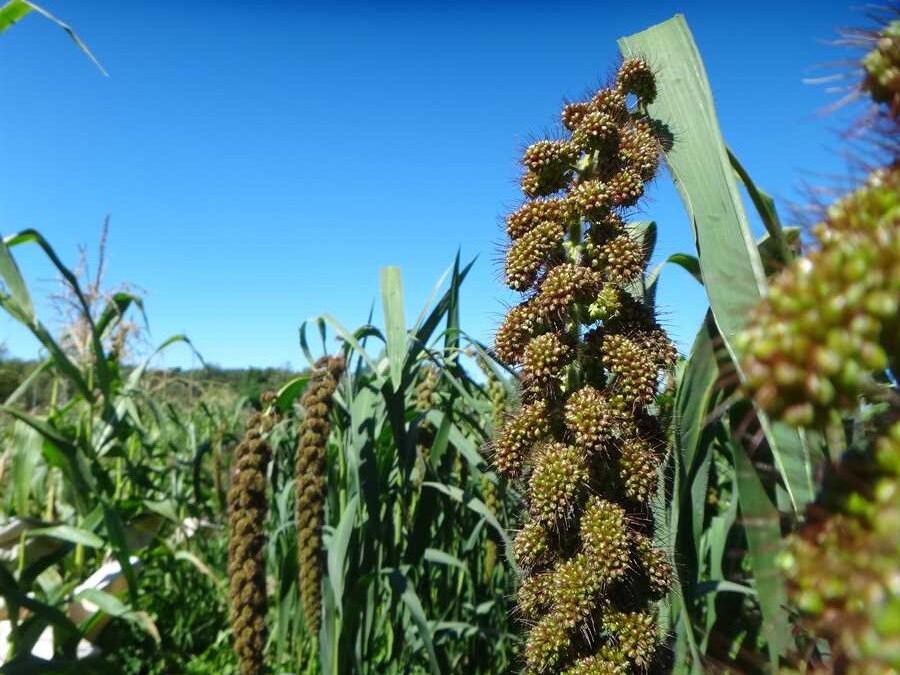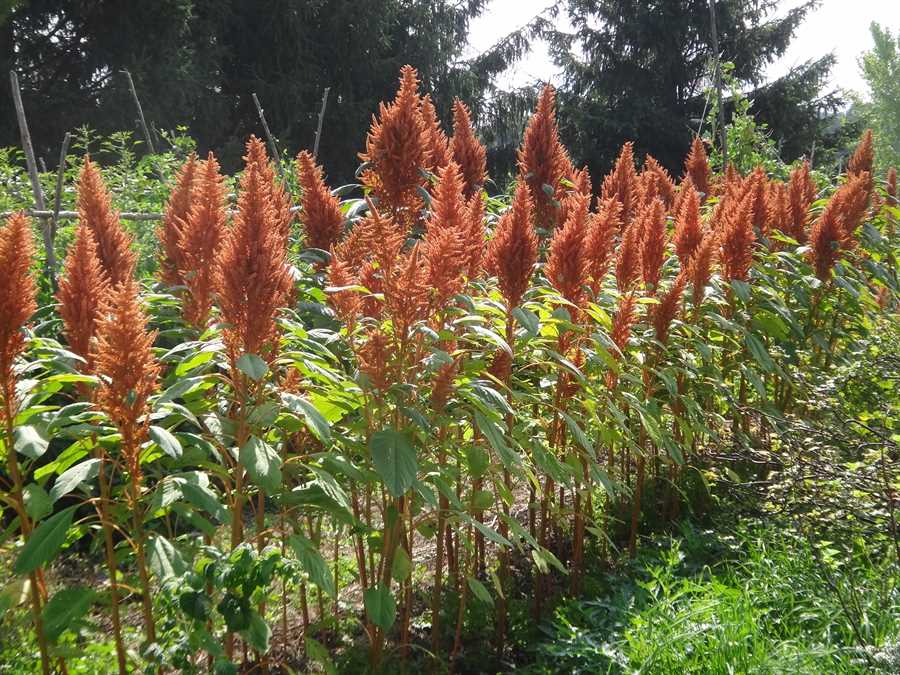Maris Wigeon wheat
$4.00
(Triticum aestivum)
A fall-planted wheat released in 1964 by the Plant Breeding Institute in the UK. Interestingly, it was apparently selected for its straw for use as roof thatch, but it also has good grain quality. The first half of its name comes from Maris Lane in Trumpington, Cambridgeshire where the PBI had its headquarters; the lane’s name comes from the Maris family, who farmed the land next to it from the late 1700s until the 1860s. I assume that the second half refers to the duck of the same name, and that this is a case of dry British humour (after all, who wouldn’t want a roof which sheds water like the proverbial duck’s back?). The duck is also spelled Widgeon; there seems to be no consensus on which spelling is correct for this variety of wheat.
200 seeds/packet.
In stock
Plant 1/2-2” deep, a few inches apart; preferably in rows 7-9” apart, but can also be broadcast and raked to cover. Wheat are categorized as spring-planted, fall0planted, or facultative (either spring or fall); pay attention when planning your garden. Plant spring wheats and facultative wheats in the spring as soon as soil can be worked; plant fall wheats and facultative wheats in fall, sometime around the first frost. Harvest when seed is at ‘hard dough’ stage, dentable by not easily crushed; make into sheaves and stook to cure until fully dry and hard. Thresh and winnow.
To use straw for weaving, harvest when topmost joint in stem is still a little green.





